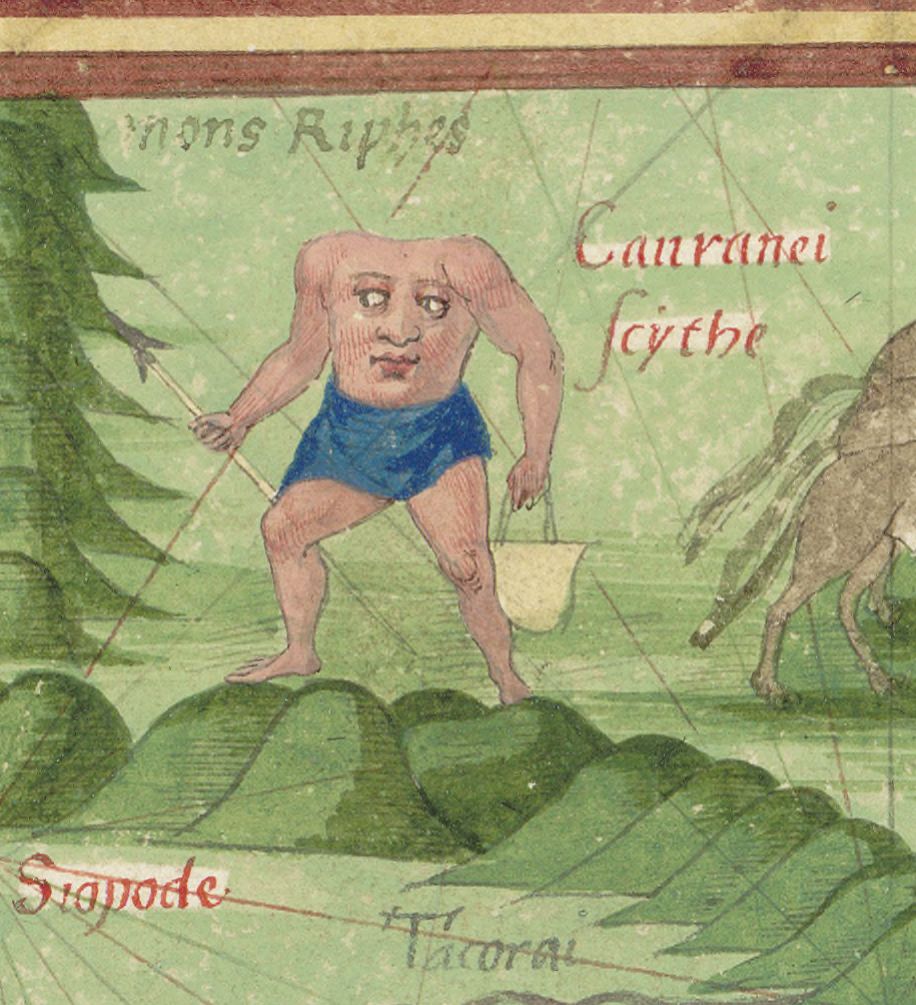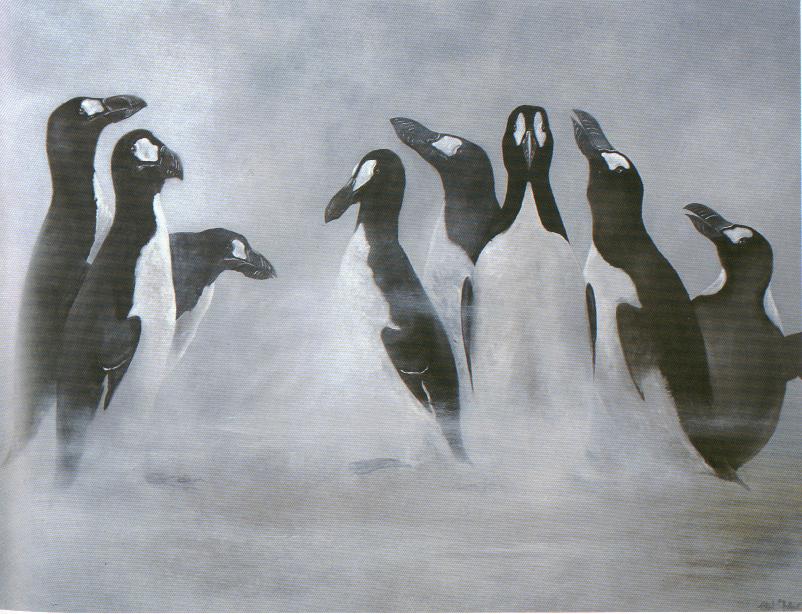A review of "Mysterious Creatures, Vol 1"
This is the first volume of a two-part work covering cryptids and their allies. A “cryptid” is an animal unknown to science but known from folklore and/or stray observations. Bigfoot, Yeti and the Loch Ness monster are famous “cryptids”. The people collecting observations of the same are known as cryptozoologists. While a few such are real scientists, I think it's safe to assume that most cryptozoologists are lay enthusiasts. Official science-dom considers the field to be pseudo-scientific, and deny that Bigfoot and similar creatures even exist. Personally, I don't deny that cryptozoology is one part folklore, one part paranormal research and one part exciting exploration, with proper science pretty much subsumed under these three, but I don't necessarily consider that a problem. At least it's entertaining, and personally, I think many of these elusive beings will one day turn out to be real animals (or even real ghosts).
This is the first volume of a two-part work covering cryptids and their allies. A “cryptid” is an animal unknown to science but known from folklore and/or stray observations. Bigfoot, Yeti and the Loch Ness monster are famous “cryptids”. The people collecting observations of the same are known as cryptozoologists. While a few such are real scientists, I think it's safe to assume that most cryptozoologists are lay enthusiasts. Official science-dom considers the field to be pseudo-scientific, and deny that Bigfoot and similar creatures even exist. Personally, I don't deny that cryptozoology is one part folklore, one part paranormal research and one part exciting exploration, with proper science pretty much subsumed under these three, but I don't necessarily consider that a problem. At least it's entertaining, and personally, I think many of these elusive beings will one day turn out to be real animals (or even real ghosts).
As for this encyclopedia, it should be commended for being very thorough and fully referenced. It covers both “classical” cryptids, creatures only known from mythology, and beings bordering on the supernatural. Some strict flesh-and-blood cryptozoologists might take offense at this, but as a matter of fact, it's not easy to draw a border between “real but unknown animal” and “ghost/angel/demon”. Many cryptids have traits of both, which is hardly surprising – real but rare animals will be mythologized, just as demonic creatures from folklore might be “secularized” by modern observers. (To take an example not related to this book, the Animal Planet series “Finding Bigfoot” has turned werewolf observations into Bigfoot observations, interpreting the latter as an unknown primate.) Even more controversially, the editor has included a long chapter on misidentification and hallucination, which even quotes skeptical researcher Joe Nickell!
Among the cryptids and allies covered in this volume (A to M) are mystery cetaceans, the very real Arizona Jaguar, the more unreal (or perhaps undead) Alien Big Cats, the entire Bigfoot phenomenon, the Batsquatch (only one observation so far) and even “Lost Birds of Paradise”. Patty of Patterson-Gimlin fame have been given an entire entry all her own. As behooves a mega-work of this nature, there are many creatures here I literally never heard about before: the Boobrie, the Blue Men of the Minch, Domenech's Pseudo-Goat, the Daisy Dog and the Deep Sea Spider (I will avoid the deep sea from now on). Mythological beasts covered include the Akephalos, the Basilisk and the Garuda. Each entry attempts a short description of the cryptid in question, mentions significant observations, and discusses possible explanations, including “natural” ones. Thus, the Deep Sea Spider might be an oversized sea spider (Pantopoda), or a surviving proto-scorpion from a very early geological period in Earth's history (none of the options sound particularly reassuring).
Obviously, a serious researcher should obtain both volumes of this work. (Highlights of the second one include Pygmy Elephants, Springheel Jack and the Wildman.) Five stars both for the idea and the eventual execution!





